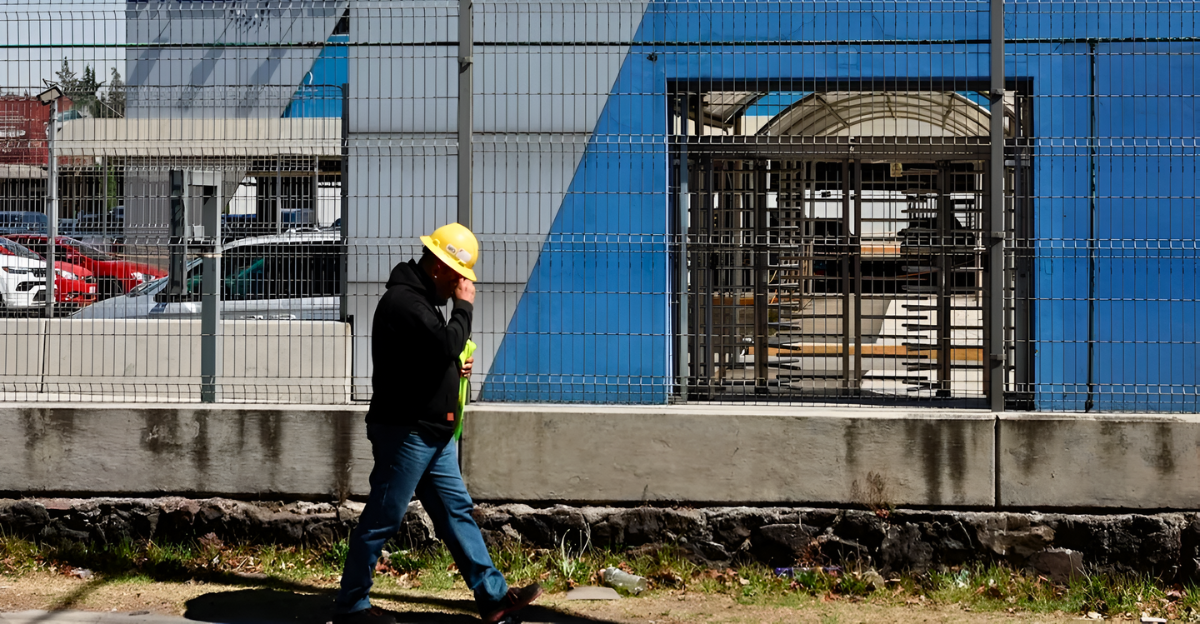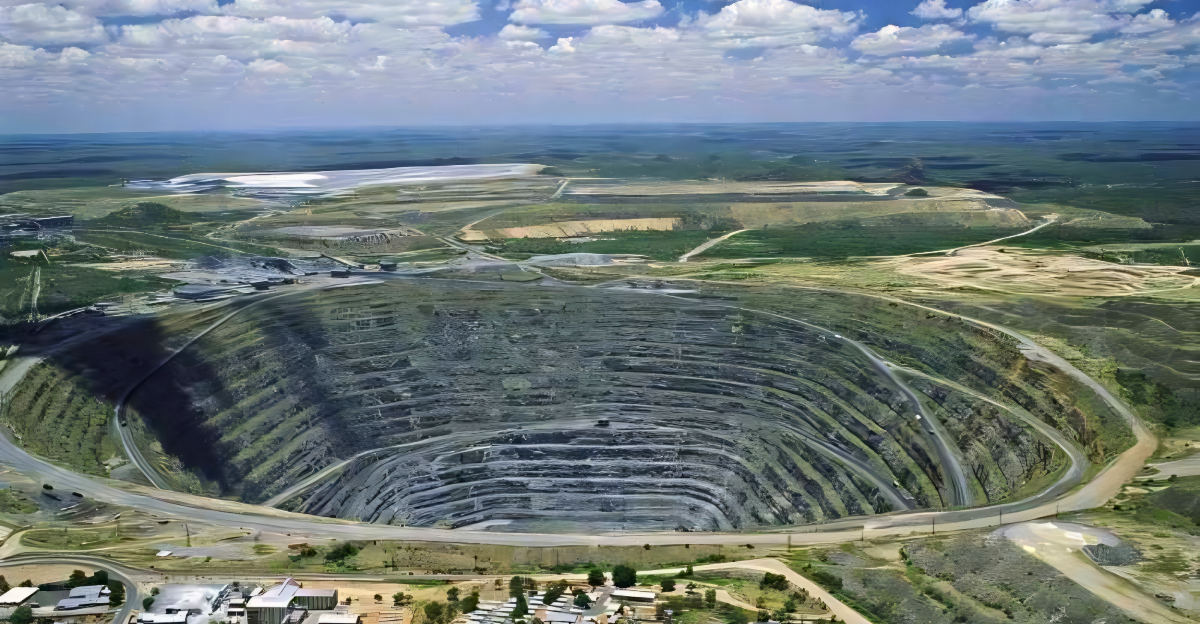
An astonishing gold discovery has rocked the international mining industry: beneath China’s Wangu gold field in Hunan province lies a treasure trove worth roughly $84 billion.
More than 1,000 metric tons of high-grade gold, revealed through sophisticated geological technologies, could potentially transform China’s economy and impact the global gold market as a whole.
But as the world gasps at the potential riches, many are concerned about the region’s delicate wildlife and ecosystems. The rush to mine this gold could threaten biodiversity, disrupt habitats, and spark debates over how to balance profit with preservation.
The Shocking Gold Rush That Captured the World
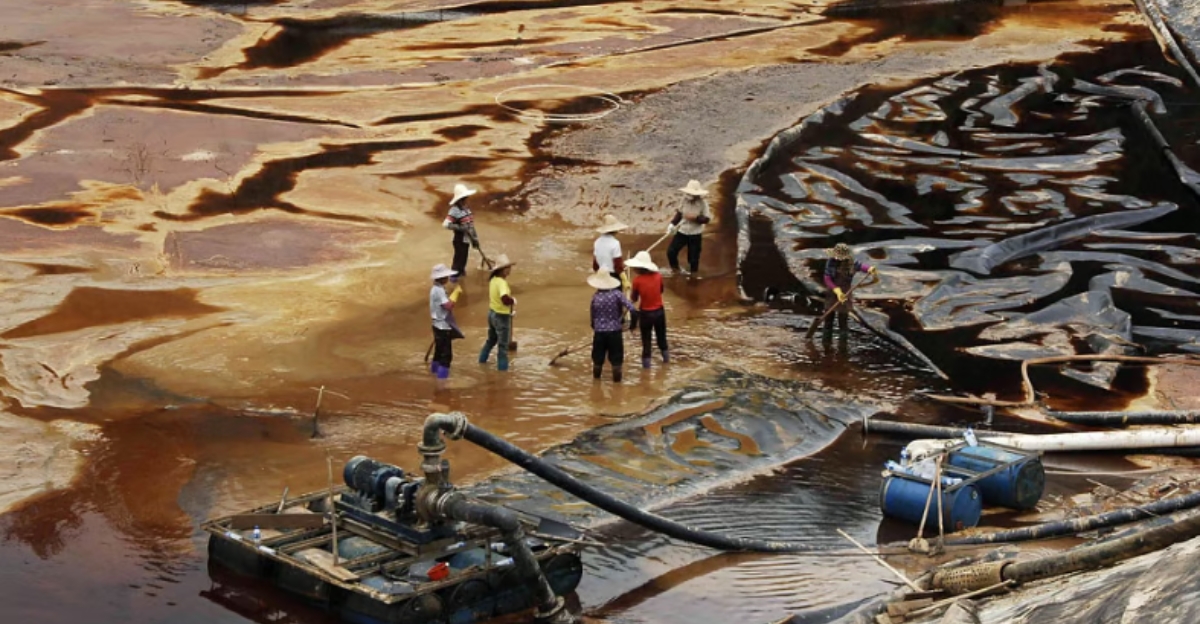
News of China’s “supergiant” gold find has been going viral, igniting debates on Reddit and explainer videos on YouTube and TikTok. Some praise it as a game-changer for China’s economic might; others warn it’s an ecological disaster waiting to happen.
The rush to harvest the riches has already sent gold prices soaring and investors are in a tizzy, but another warning is floating around, one with less publicity: can this harvest be done without sacrificing irreplaceable wildlife?
Geological Marvel or Ecological Catastrophe?

Geologists are amazed. Over 40 gold veins, some of which are more than 2,000 meters deep, have made Wangu one of the richest known deposits on the planet. With ores averaging as much as 138 grams per metric ton of gold, the economic impact is indisputable.
But as the drills go deeper, the risk to sensitive ecosystems grows. Mass mining carries the risk of land subsidence, water contamination, and an irreparable change to the landscapes that countless species have called home.
Technology’s Double-Edged Sword
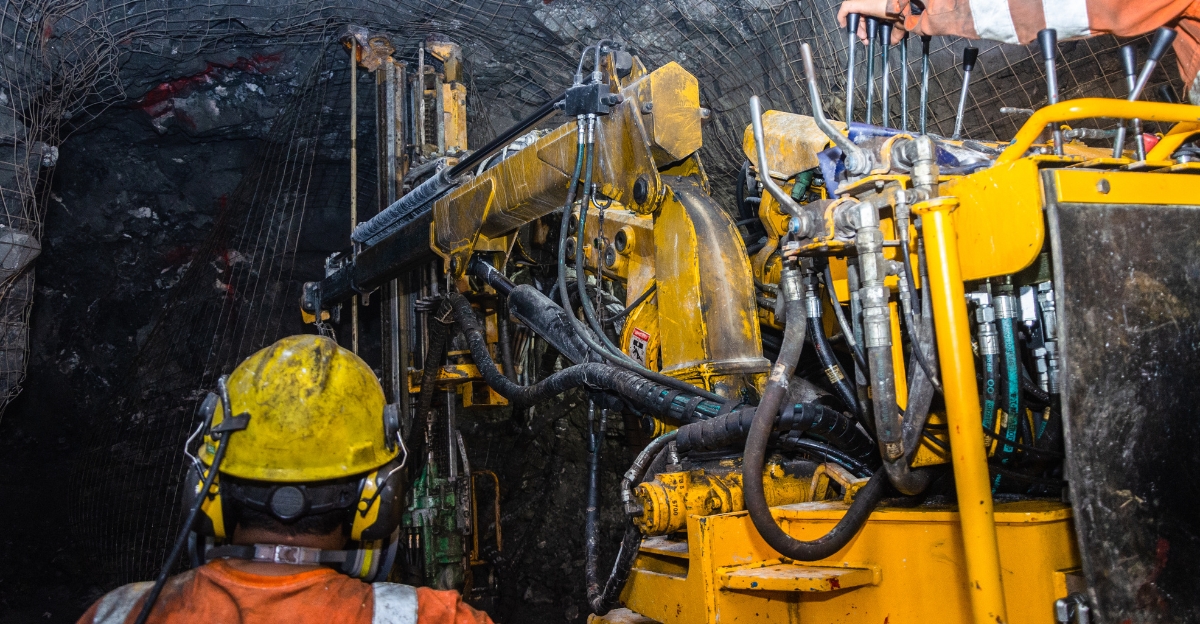
Three-dimensional geological modeling and deep-core drilling made this discovery possible, pushing the boundaries of what is both possible and recoverable. The same technologies, however, allow for mining activities in regions once considered out of bounds, raising the stakes for the environment.
As China reaches rock bottom—literally—the question if: how far is too far when the price is snuffing out species and toxifying waterways?
The Economic Boom—And Its Hidden Costs
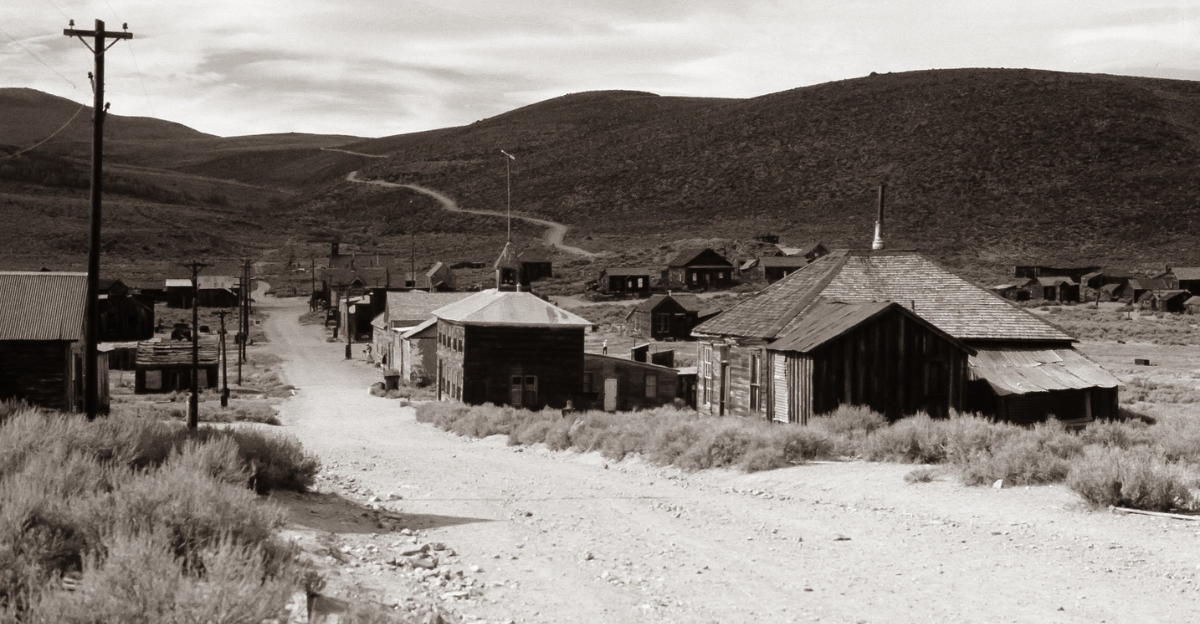
The gold mine discovery brings with it the hope of new employment opportunities, improved infrastructure, and revitalized regional economy for tens of thousands.
Roads, railroads, and power transmission lines will be expanded, not unlike the California Gold Rush’s development in the American West.
However, we also know that gold rushes leave behind ghost towns, spoiled landscapes, and polluted neighborhoods and lost livelihoods when the gold runs out.
Global Markets on Edge

This discovery may cement China’s hold on the gold market, reducing its reliance on imports and even altering world bullion prices. Investors and central banks are watching intently, aware that such a massive injection of gold might turn traditional supply chains and financial strategies around. But as markets rebalance, the environment may pay the price.
Wildlife in the Crosshairs
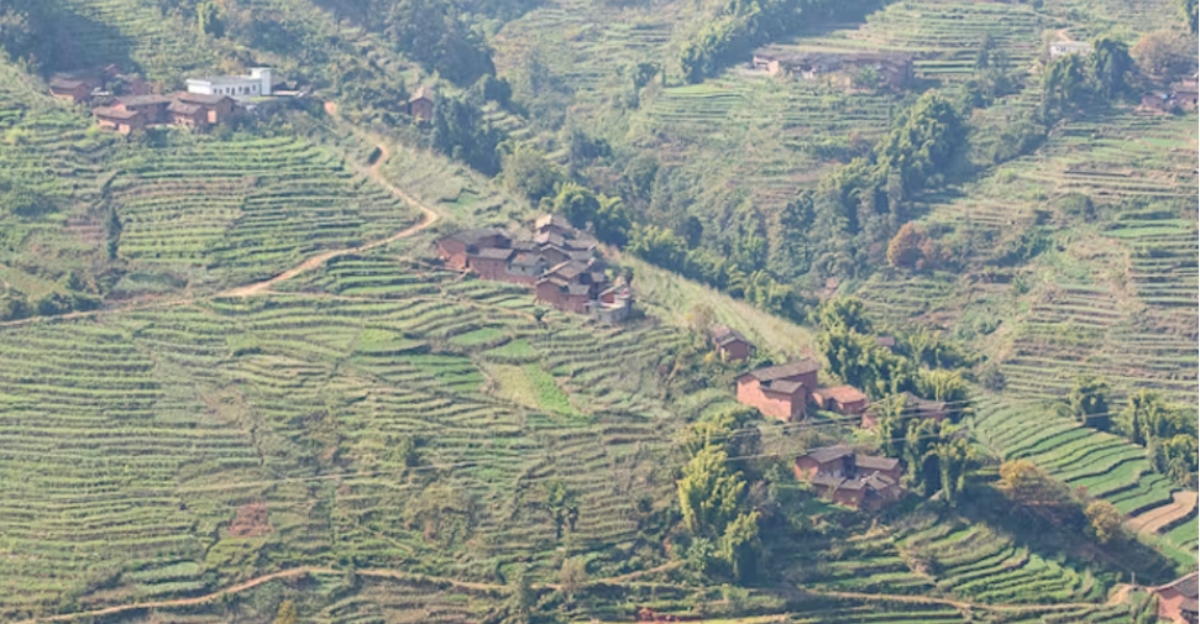
The Wangu goldfield is located within a region of high biodiversity. Forest clearance and water course diversion for mining infrastructure may push already endangered species to the point of extinction. Land degradation, water contamination, and noise disrupt breeding, migration, and feeding behavior, with secondary effects on the entire ecosystem.
Waterways at Risk
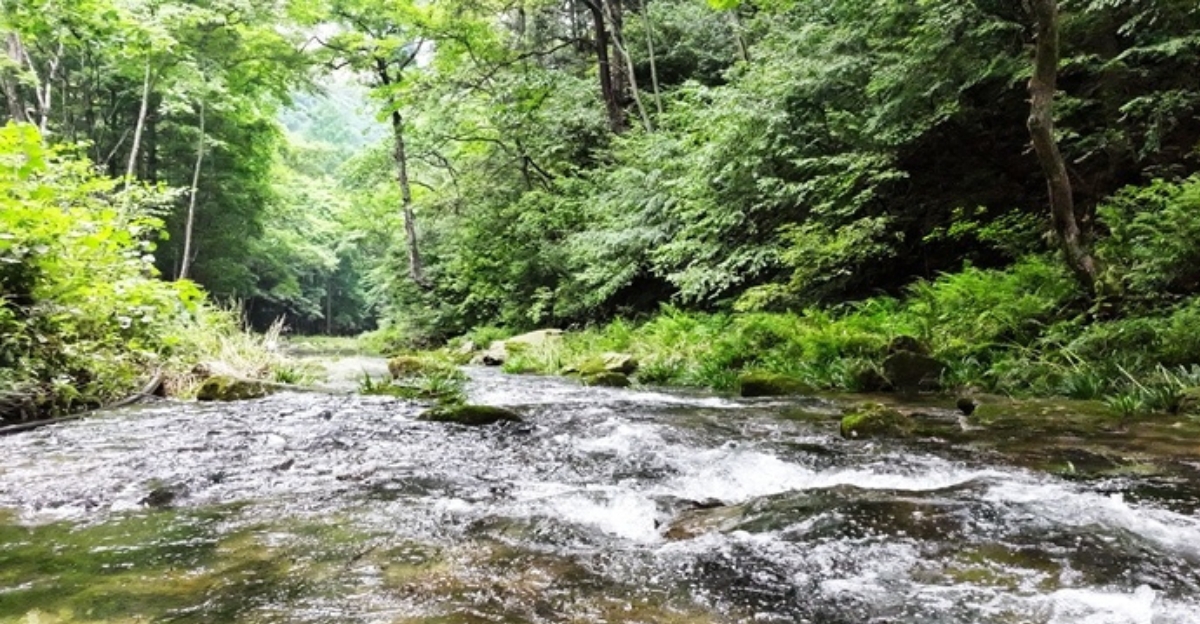
Gold mining is notorious for polluting water with toxic substances like mercury, arsenic, and cyanide. Hunan’s rivers and streams are lifelines for wildlife and locals alike. Poisoned waterways can wipe out fish populations, pollute crops, and render drinking water hazardous, snowballing into a chain of ecological and human health crises.
The Social Ripple: Communities in Flux

Mining promises many riches but also comes with severe struggles. Locals are often displaced from their homes, denied access to clean water, or see their livelihood—plowing, fishing—rendered nonexistent.
For local communities, the transformation of familiar terrain into industrial parks is traumatic, emotional, and erodes cultural identity and the sense of belonging. Further, social tension intensifies as some find work while others bear the brunt of the environmental impact.
To remedy this, open-ended consultation and fair remuneration, while rare, are essential so that we don’t make the same mistakes from previous gold rushes again.
Regulatory Crossroads
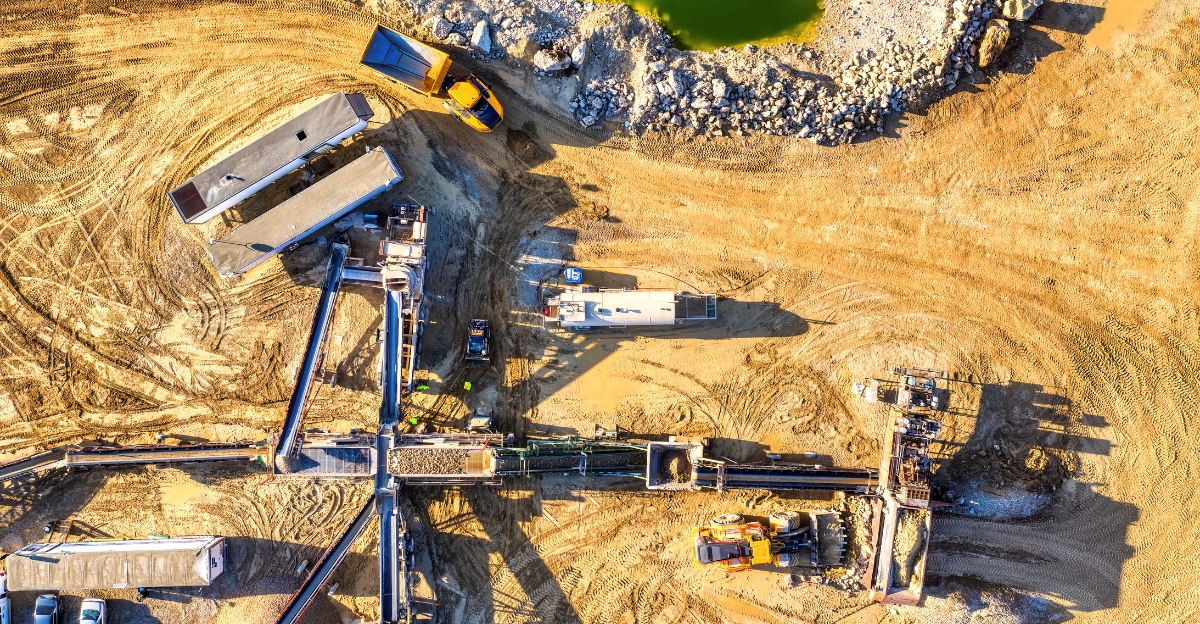
China’s government is being tested on a world stage: can it enforce stringent environmental protections as mining increases? Initial statements promise strict oversight, but critics point out past failures in environmental review and enforcement.
The world waits to know if China will raise the bar for balancing industrial ambition and ecological stewardship.
Lessons from History: Gold’s Mixed Legacy

From South Africa’s Witwatersrand to California’s Sierra Nevada, gold discoveries have remade economies and societies—but often at a steep ecological price.
Deforestation, poison waste from mines, and extinction are the familiar themes. Wangu can write a new chapter, but only if we don’t forget to learn from the past.
The Hidden Cost of Progress
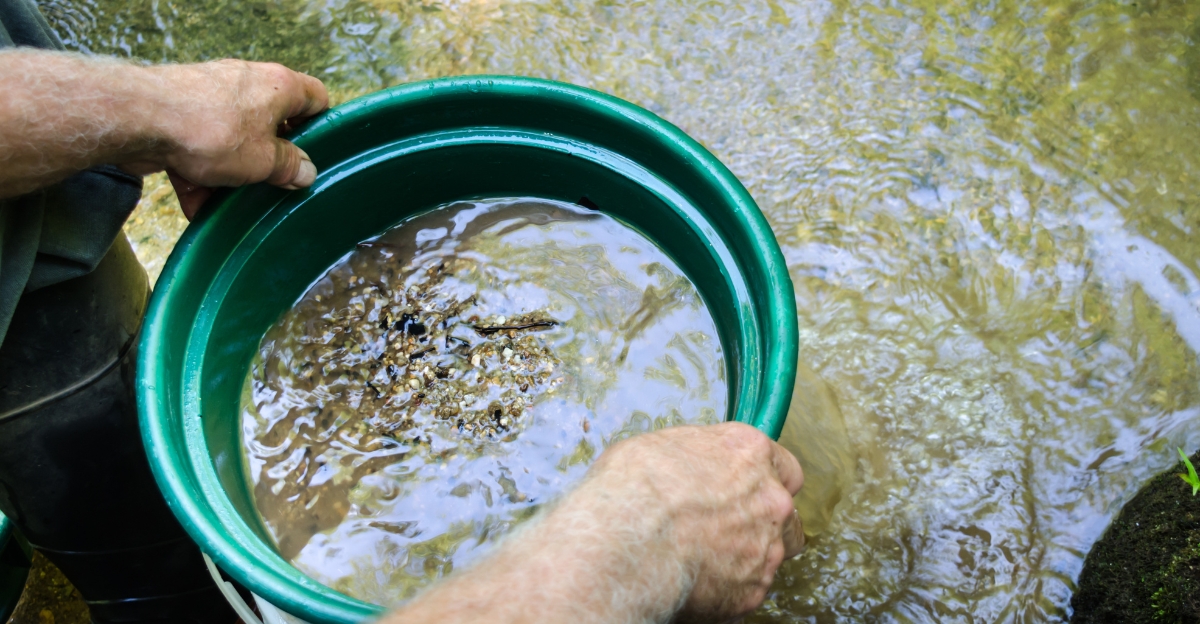
Mining’s environmental footprint also extends far beyond the mine itself. Roads and trains disrupt habitats, exposing remote areas to poaching, logging, and expansion. The arrival of workers can outpace local capacities and introduce invasive species, resulting in ripple effects as native species are put under further stress.
The Climate Connection

Gold production is energy-intensive, with a lot of carbon emissions. This further impacts on the environment by contributing to climate change.
As this is already a global problem, the carbon emissions from extracting and processing Wangu’s gold could undermine climate change mitigation strategies and targets.
So the brutal question is: can economic development proceed without accelerating global warming?
A Test Case for Sustainable Mining
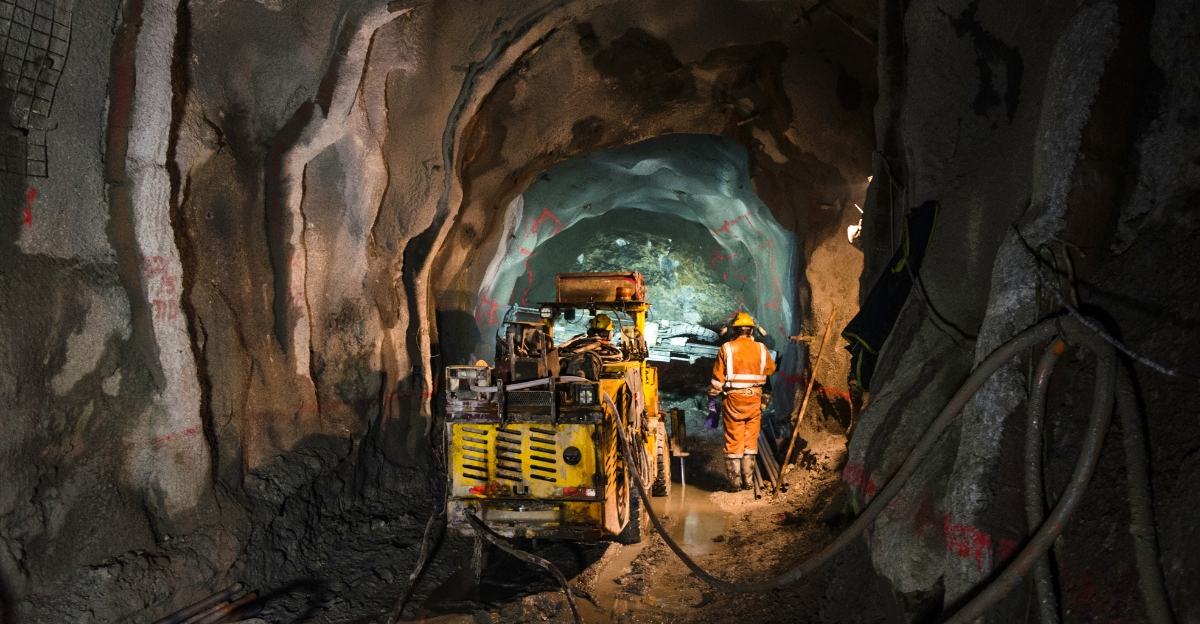
Hunan officials promised to use the latest in mitigation techniques, such as paste backfill, water filtration, and rigorous monitoring, to minimize environmental harm. Whether it would be enough is yet to be seen.
Therefore, the Wangu project will either be a global model for responsible mining, or another example of human greed and environmental protection failure.
Viral Outrage and Public Scrutiny
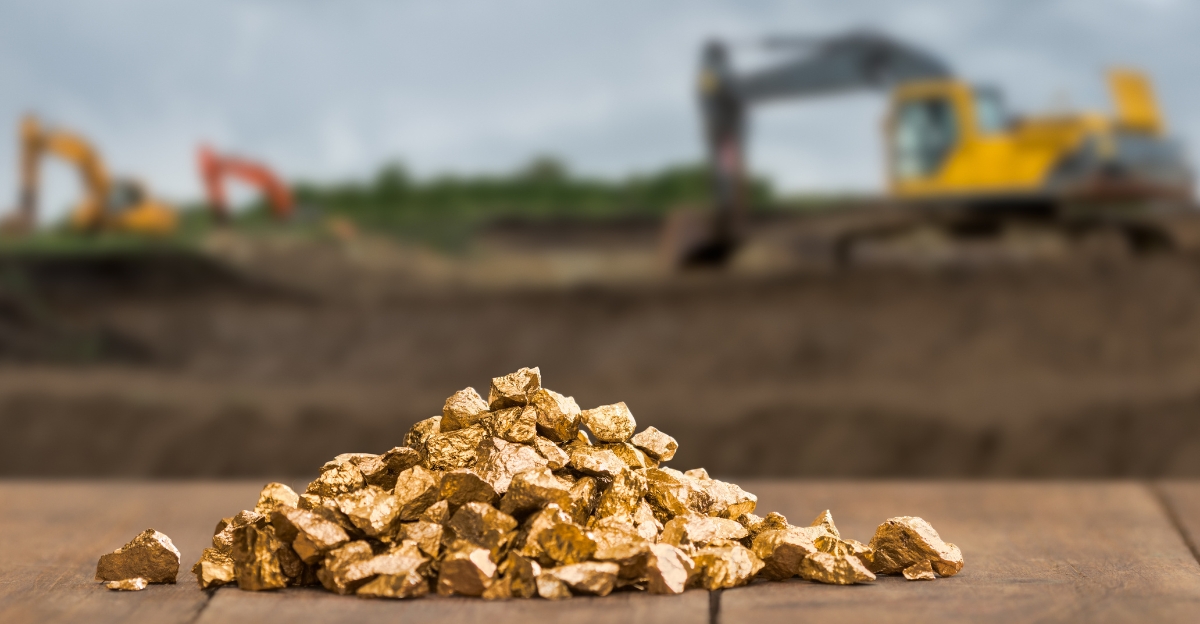
Social media has helped give these concerns added voice. Viral TikTok videos and fiery Reddit debates dissect each new development, with consumers demanding transparency and accountability.
In a hyper-connected world, public opinion can drive policy and corporate behavior, so environmental stewardship is not only a matter of conscience but also one of reputation.
Is Gold Worth the Price?
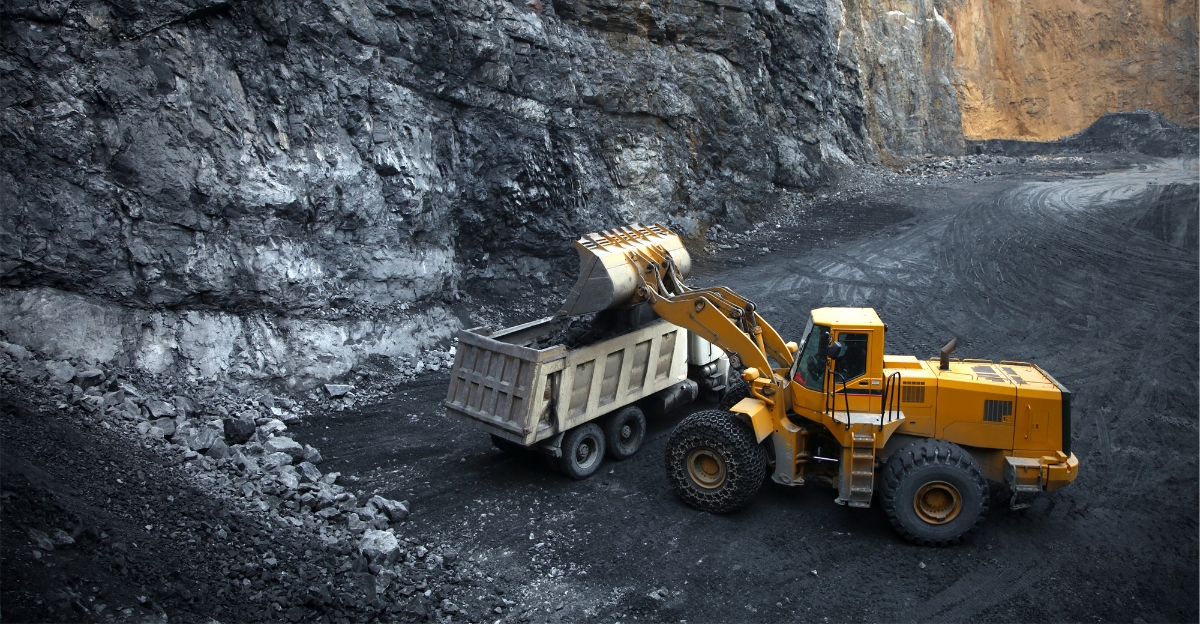
Part of these online debates are the people who believe that the economic benefits outweigh the dangers, citing increased job opportunities and national security. But others argue that no amount of gold is enough to offset the potential of losing species or poisoning pure water.
The debate is fierce, but more and more people agree that unchecked extraction is no longer acceptable in a time of environmental crisis.
The Call for Transparency

Therefore, as environmental reviews begin and infrastructure proposals take shape, transparency is critical. Open data, third-party monitoring, and genuine community engagement can guarantee that decisions are science- and public-interest-led, not just motivated by short-term-benefits.
Second-Order Effects: Outside the Mine
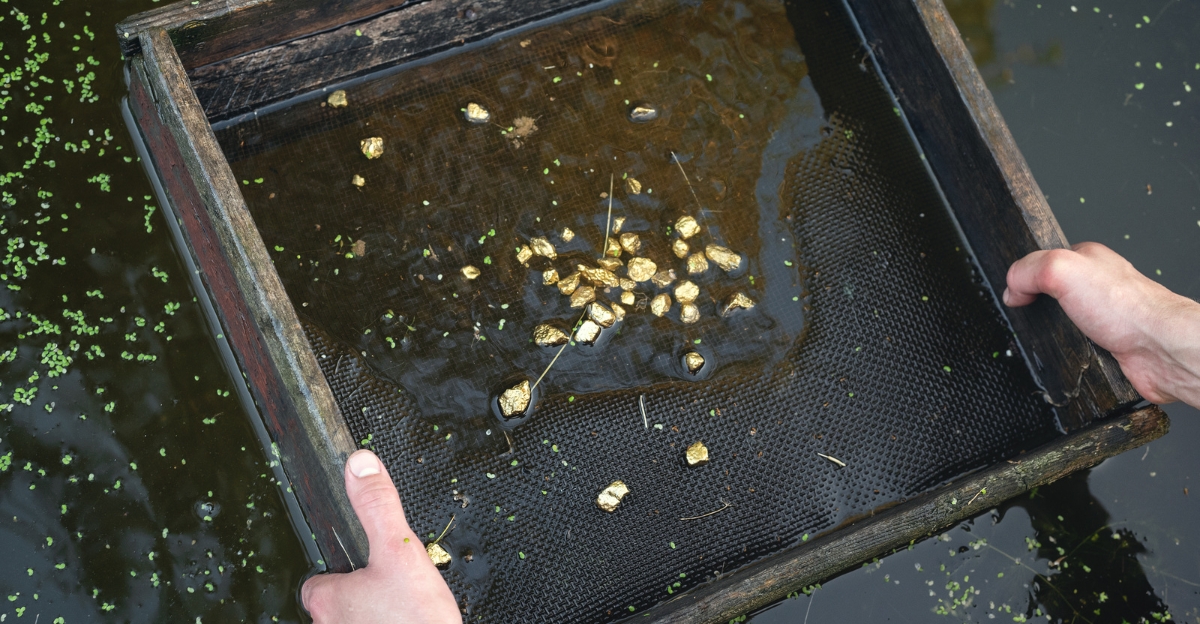
The ripple effects extend far beyond Hunan. If China succeeds in balancing preservation and profit, it could set a precedent for nations worldwide with natural resources. Failure, however, could encourage wanton mining around the world, accelerating increased losses in biodiversity and lessening global conservation success.
The Geopolitical Ripple
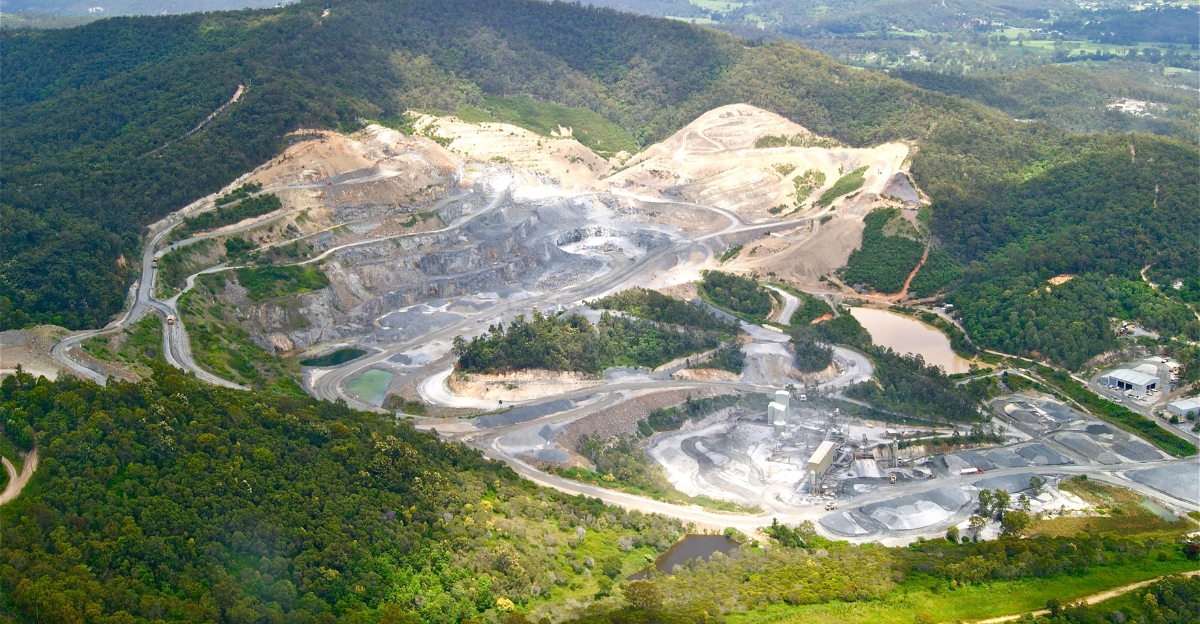
China’s gold jackpot can disturb the economic power equilibrium and strengthen its currency, reducing its reliance on the US dollar. Further, it impacts international trade, foreign relations, and even national security, as nations grapple to seize their own mineral resources in an era of rising scarcity.
The Path Forward: Reaching a New Gold Standard
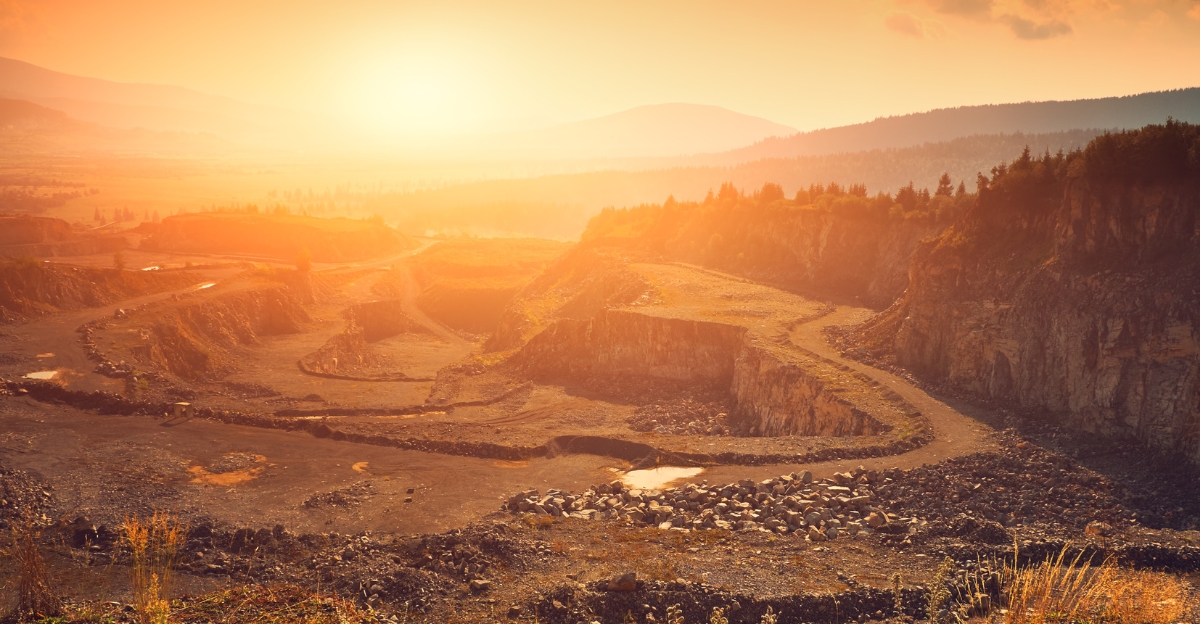
Wangu’s gold discovery is a defining moment in multiple industries. The economic, ecological, and social effects will have repercussions for decades.
Can China reap the benefits without endangering wildlife and the environment? Will greed win out, or will preservation at last take its rightful place at the center of progress?
The outcome will establish the gold standard for a new era in resource management, where fortune and future are in harmony.
Uncover more fascinating moments from history — and hit Follow to keep the stories flowing to your feed!

Don’t miss more incredible stories from the past! Tap Follow at the top of this article to stay updated with the latest historical discoveries. Share your thoughts in the comments — we’d love to hear your perspective!


